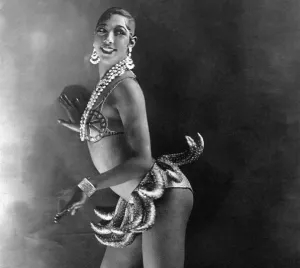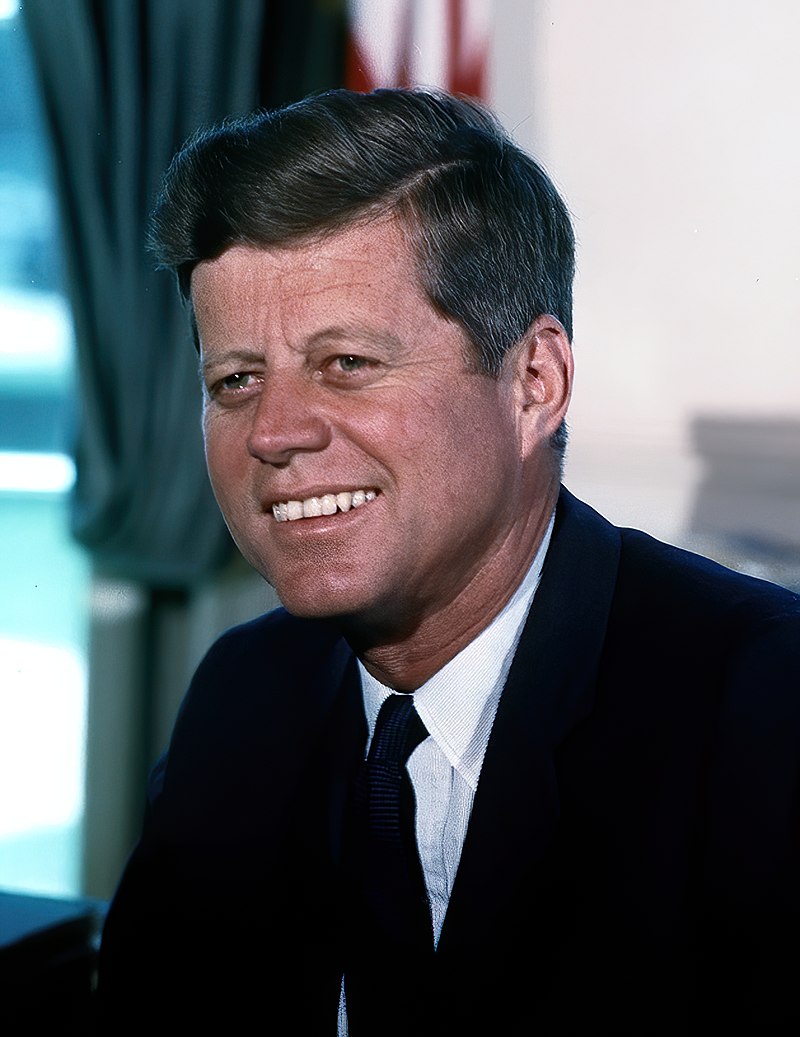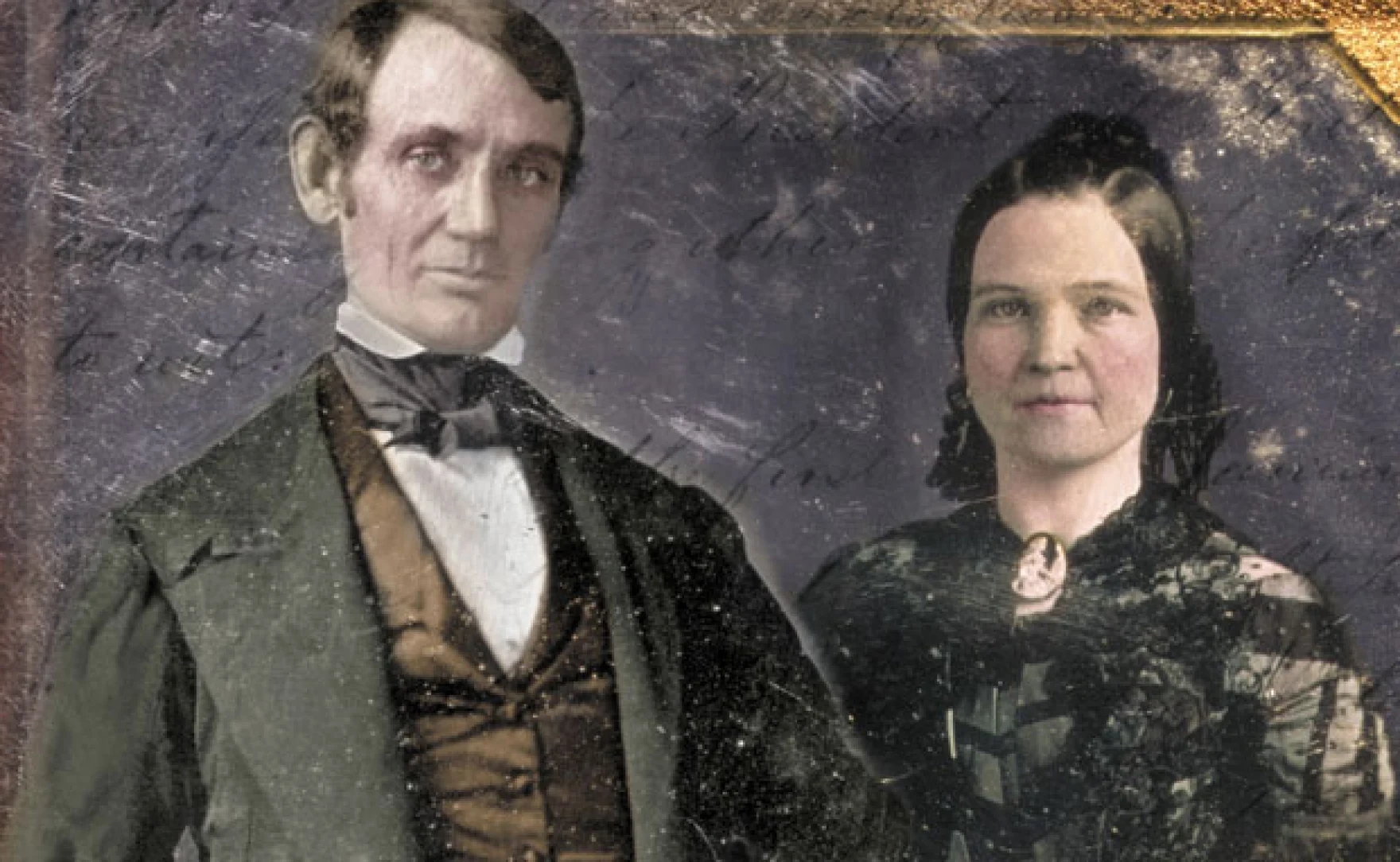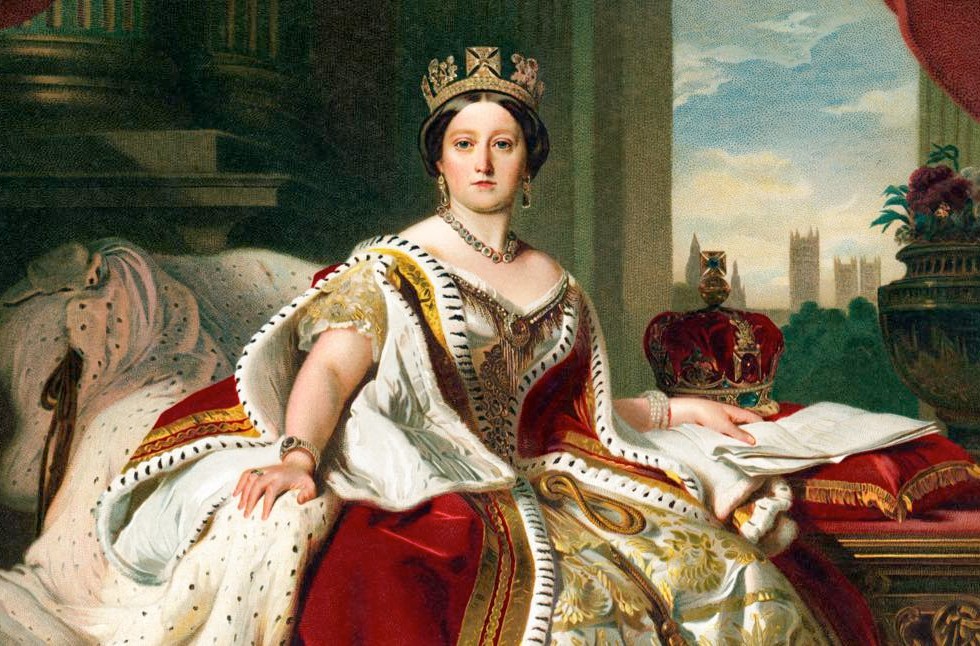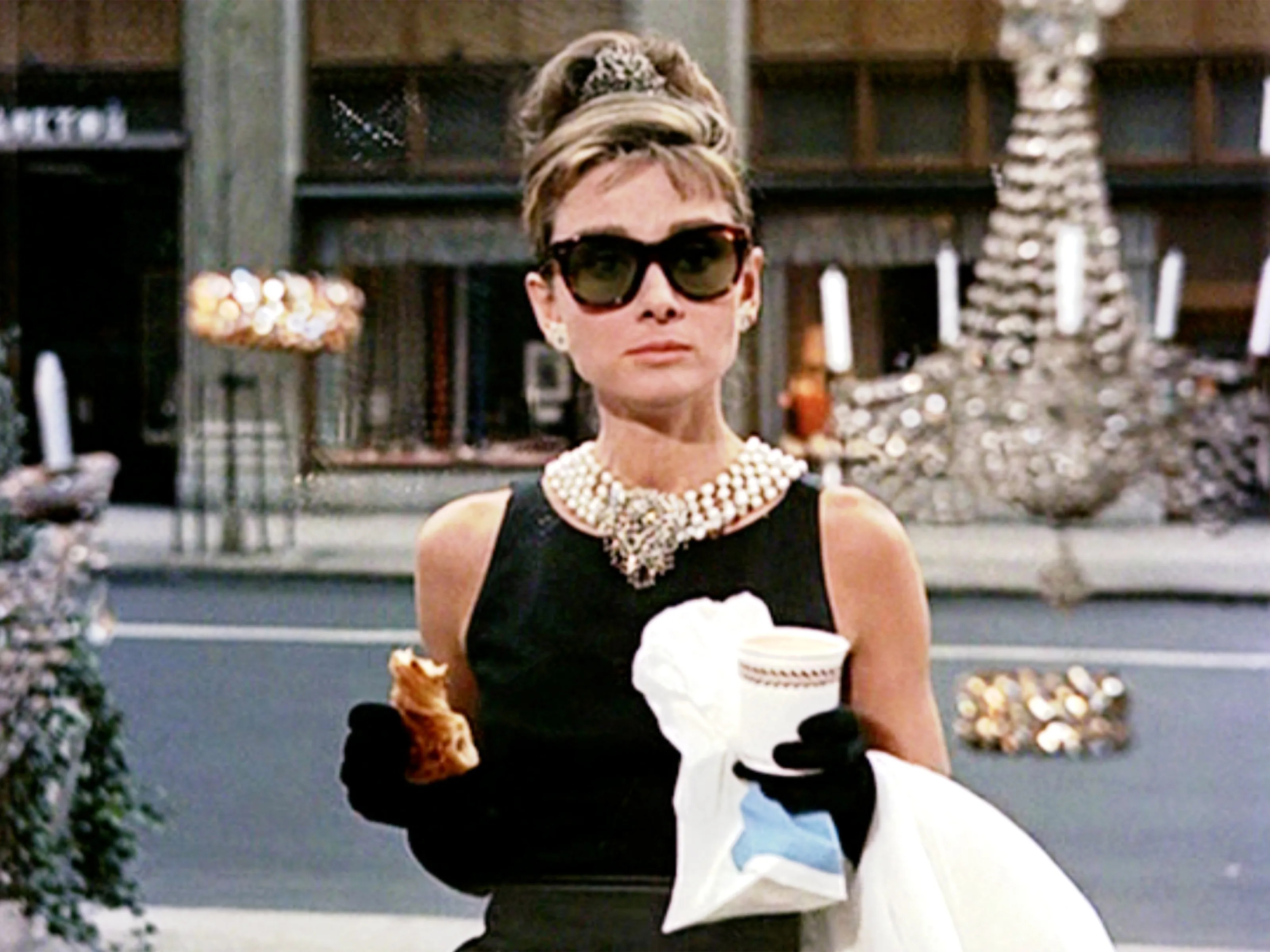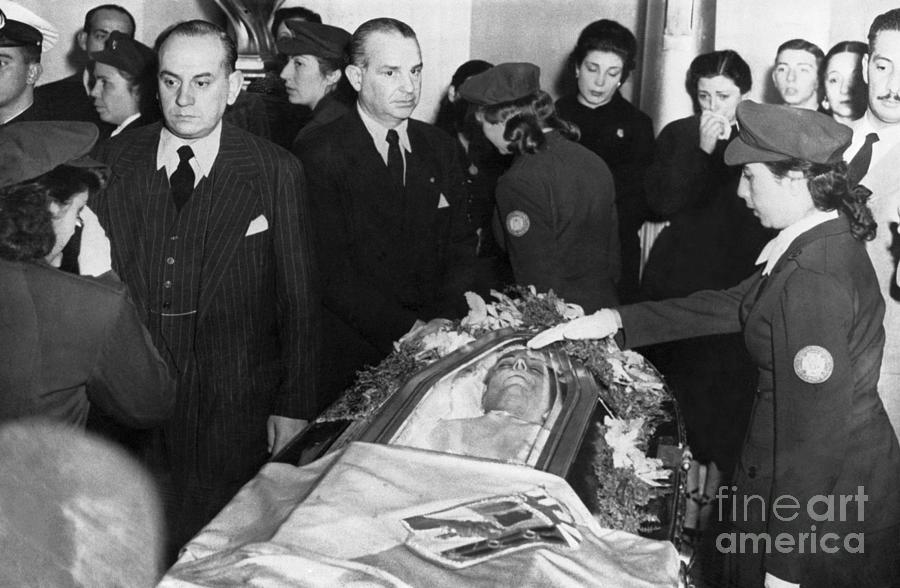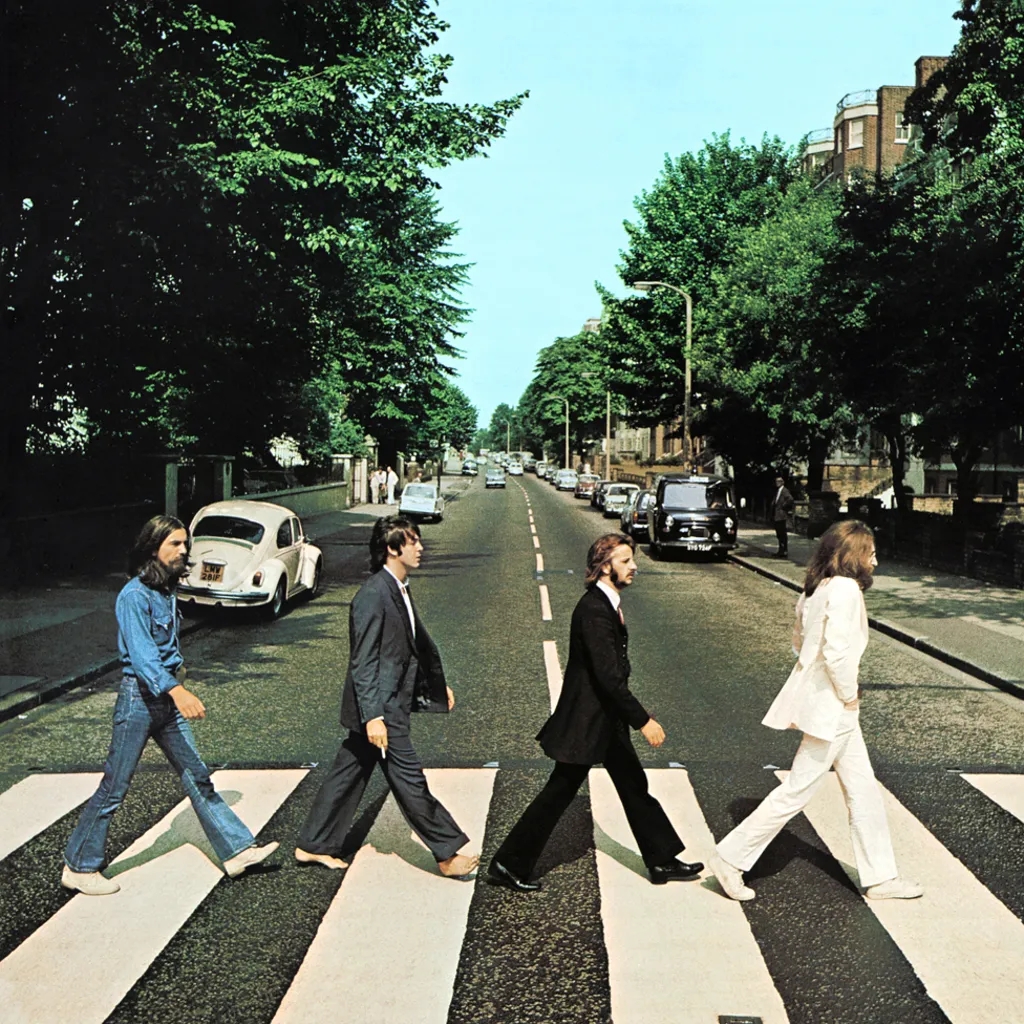
Salvador Dalí grew a flamboyant moustache, waxed and up-turned, influenced by seventeenth-century Spanish master painter Diego Velázquez. The moustache became Dalí's trademark look.
In 1953, Spanish-born Surrealist painter Salvador Dalí (1904-1989) wrote:
“Every morning upon awakening, I experience a supreme pleasure: that of being Salvador Dalí, and I ask myself, wonderstruck, what prodigious thing will he do today, this Salvador Dalí….”
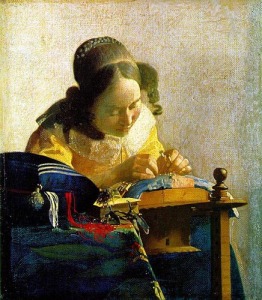
Salvador Dalí found deep meaning in Jan Vermeer's painting, "The Lacemaker" (ca. 1669-70)
In December 1955, that “prodigious thing” meant that he was to borrow a friend’s white Rolls Royce Phantom II, fill it to the roof with 500 kg of cauliflower, and drive it to the Sorbonne in Paris. Then he would disembark and enter the school to give a lecture he’d impossibly titled, ‘Phenomenological Aspects of the Paranoiac Critical Method:’
“Some 2,000 ecstatic listeners were soon sharing Salvador’s Dalirium. Planting his elbows on a lecture table strewn with bread crumbs, Dalí blandly explained: “All emotion comes to me through the elbow.” Then he announced his latest finding in critical paranoia. The gamy meat of it: “Everything departs from the rhinoceros horn! Everything departs from [Dutch Master] Jan Vermeer’s The Lacemaker! Everything ends up in the cauliflower!” The rub, apologized Dalí, is that cauliflowers are too small to prove this theory conclusively.” (1)
As Dalí’s fame grew, his stunts and outrageous pronouncements became more frequent. He was an endless self-promoter, grandiose and pompous. He felt impelled, he admitted, to accumulate millions of dollars. He loved money. To keep the contracts coming, he was determined to keep himself in the public eye. His art and behavior were designed to provoke a response.

Salvador Dalí's most famous painting, "The Persistence of Memory," 1931. His inspiration for the drooping timepieces came to him one night when he had a headache. His wife Gala had gone to the movies with friends while Dalí, ill, had stayed behind at home. He sat at the kitchen table for a long time, staring at the melting Camembert cheese. Before going to bed, he entered his studio and looked at the landscape he had been working on - and - Voila! - decided to add three melting watches.
He delighted in playing the buffoon. While Dalí’s pranks were often funny, one was certainly dangerous. Once he donned a deep-sea diving suit before giving a lecture. The helmet was soundproof so no one could hear him. Dalí began to thrash about, flailing his arms soundlessly. The audience roared with laughter, thinking it was part of Dalí’s act. But he was suffocating inside the helmet. It was not until he almost fainted that he was rescued. Accused of going too far, Dalí would often reply, “It’s the only place I ever wanted to go.”
Sometimes his stunts were offensive, such as when he and wife Gala appeared at a New York costume party dressed as the Lindbergh baby and his kidnapper. Other spectacles bordered on the criminal, like when he discovered that his Bonwit Teller window display in Manhattan had been rearranged. He became so enraged that he hurled a bathtub through the plate glass window and crashed, with the tub, inside the store.

Dalí created The Mae West Lips Sofa (1937) in the same shocking-pink color introduced by fashion designer Elsa Schiaparelli.
Dalí was endlessly creative in many genres other than painting. He created jewelry, designed clothes (see my post: “Elsa Schiaparelli: Shocking-Pink“) and furniture, painted sets for ballets and plays, wrote fiction, created window displays for department stores, and produced the dream sequence for director Alfred Hitchcock’s “Spellbound.” He recorded a TV ad for Lanvin chocolates, designed the Chupa Chups candy labels, and was interviewed on TV in 1958 by Mike Wallace – during which Dalí imperiously referred to himself in the third person.
(1) TIME, Dec. 26, 1955
(2) “The Surreal World of Salvador Dali,” Smithsonian magazine, April 2005.

